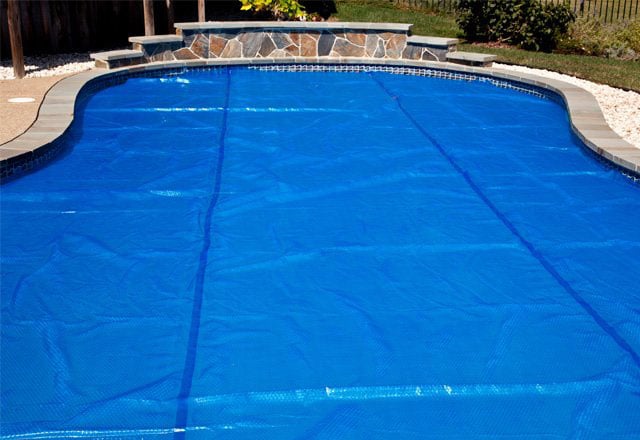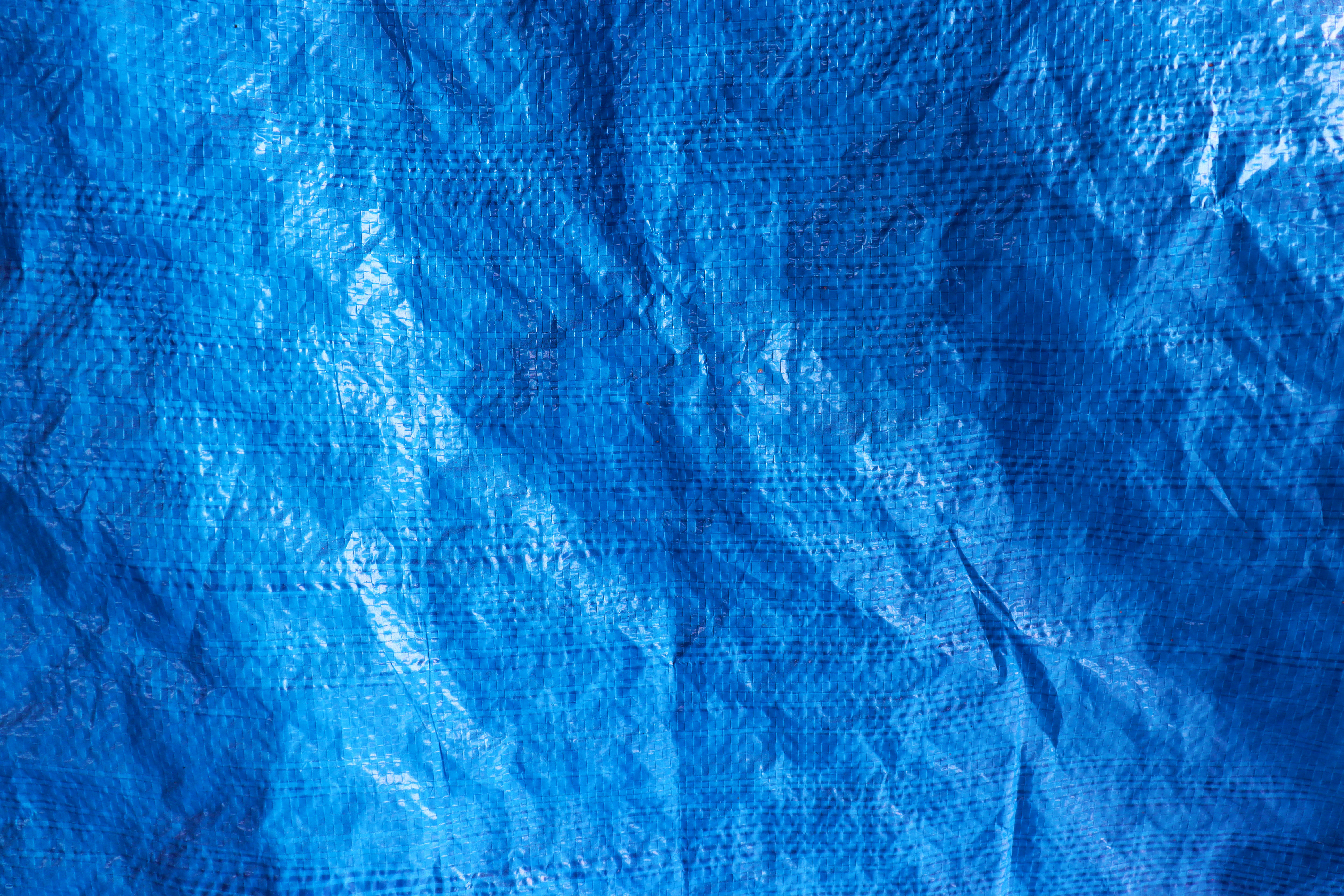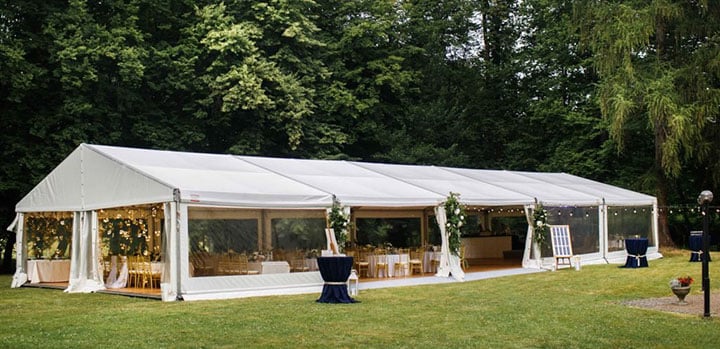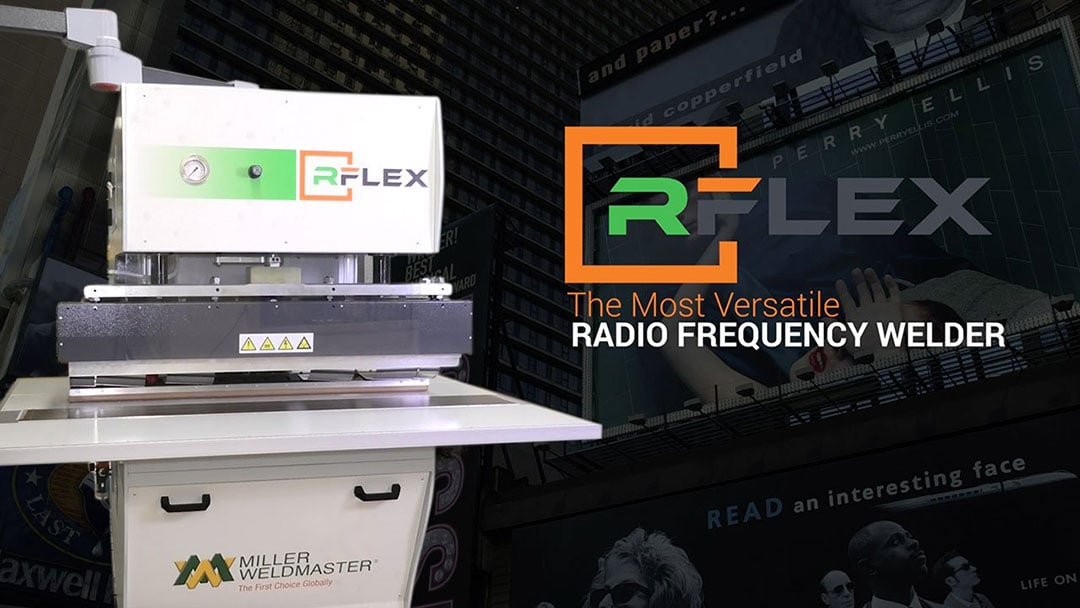The most obvious reason for covering your pool is to reduce cleaning time by keeping dirt and debris out, but many people also cover their pools to conserve water and significantly reduce heating costs. Pool covers minimize water evaporation, thus conserving water so owners don’t have to add more water as often. Pool covers can also trap the sun’s warmth, transfer it to the pool water below and prevent the heat from re-escaping back into the air.
Materials Used to Manufacture Pool Covers
The material your pool cover is made out of will ultimately determine whether or not it actually accomplishes these incredible feats. Most pool covers are made of UV-stabilized polyethylene, polypropylene or vinyl.
- Polyethylene is the most produced plastic in the world. It is used in an astounding number of products you come across every day from pipes and garbage bags to children’s’ toys and the fuel tanks in our cars. Polyethylene is used in so many products, including pool covers, because it has the highly sought after combination of strength and light weight. Additional admirable qualities include flexibility, good insulation, and resistance to mold and corrosive materials.
- Polypropylene has almost all of the same characteristics of polyethylene, although it is slightly less durable.
- Vinyl is a strong and durable plastic material resistant to moisture and humidity. Vinyl is often used in the manufacture of pool covers because it does not cost much to produce and typically has a long life span.
How Pool Covers Are Made
The base of most pool covers is polyethylene or polypropylene sheets cut into thin ribbons and woven into a sturdy fabric. Laminate layers are then applied to both sides of the fabric to increase the strength and thickness. Finally, chemical layers or protective films, such as UV stabilizers and fungal inhibitors, are applied to the material to improve durability and increase product life.
Quality variables to consider in the manufacture of a solid pool cover and the difference between one that will last you 10 years versus 20 years include:
- Type of material the pool cover is made out of
- Weight and thickness of plastic fibers woven together to create the base of the pool cover
- Number of laminated protective layers
- Seams and stitching on the edges of the pool cover. This is where Miller Weldmaster comes in! Our machines provide the quality weld which make sure your pool cover seams are prepared to make your cover last for years. Check out one of Miller Weldmaster's machines commonly chosen by pool manufacturers for their pool cover production needs.




